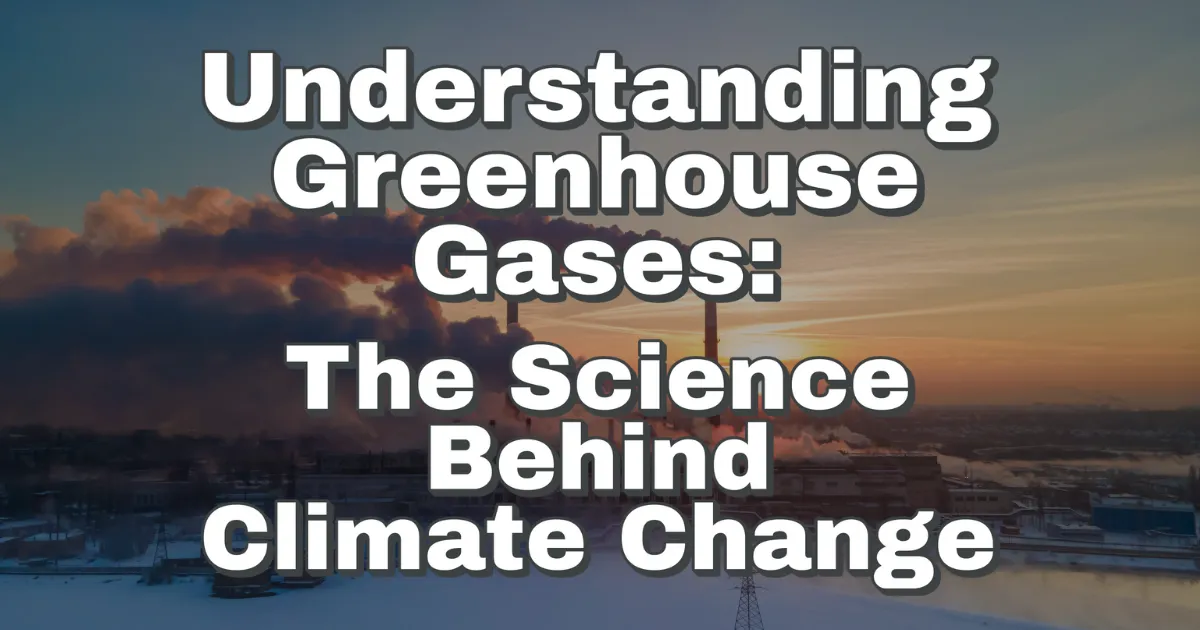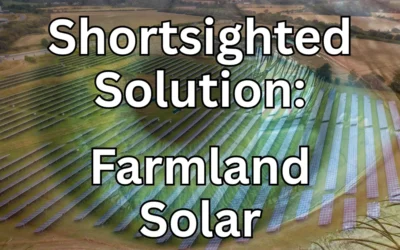Greenhouse gases (GHGs)—primarily carbon dioxide (CO2), methane (CH4), nitrous oxide (N2O), and fluorinated gases—trap heat within Earth’s atmosphere, driving global warming and climate change. Human activities, notably fossil fuel combustion, agriculture, deforestation, and industrial processes, have significantly increased GHG concentrations, intensifying climate impacts. Fortune 500 companies face growing pressure to understand, measure, and mitigate their GHG emissions through science-based strategies, innovative technologies, and transparent sustainability initiatives.
Anna Jacobs
Introduction: The Invisible Drivers of Climate Change
In the modern corporate landscape, sustainability has become a critical strategic priority. Yet, beneath the surface of ambitious climate pledges and net-zero commitments lies a fundamental scientific reality: greenhouse gases. Invisible yet powerful, these gases shape Earth’s climate, influencing everything from global temperatures and weather patterns to sea levels and biodiversity.
For corporate sustainability leaders, understanding the science behind greenhouse gases is essential—not only for effective climate action but also for informed decision-making, risk management, and stakeholder communication. But what exactly are greenhouse gases, and how do they drive climate change?
The Greenhouse Effect: Earth’s Natural Climate Regulator
At its core, the greenhouse effect is a natural process essential for life on Earth. Solar radiation from the sun passes through Earth’s atmosphere, warming the planet’s surface. The Earth then radiates heat back toward space as infrared energy. Greenhouse gases in the atmosphere—such as carbon dioxide (CO2), methane (CH4), nitrous oxide (N2O), and fluorinated gases—absorb and re-emit some of this infrared radiation, trapping heat and maintaining Earth’s temperature at levels suitable for life.
Without this natural greenhouse effect, Earth’s average surface temperature would be approximately -18°C (0°F), far too cold to sustain life as we know it. However, human activities have significantly altered the balance of greenhouse gases in the atmosphere, intensifying this natural warming effect and driving global climate change.
Key Greenhouse Gases: Sources and Impacts
Carbon Dioxide (CO2)
Carbon dioxide is the most abundant human-produced greenhouse gas, accounting for approximately 76% of global GHG emissions. Primarily generated through fossil fuel combustion for electricity, transportation, and industrial processes, CO2 emissions have risen dramatically since the Industrial Revolution. Deforestation and land-use changes further exacerbate CO2 concentrations by reducing natural carbon sinks.
According to the Intergovernmental Panel on Climate Change (IPCC), atmospheric CO2 concentrations have increased from pre-industrial levels of approximately 280 parts per million (ppm) to over 420 ppm today—a level unprecedented in at least 800,000 years.
Methane (CH4)
Methane is a potent greenhouse gas with a global warming potential approximately 28-34 times greater than CO2 over a 100-year period. Major sources include agriculture (particularly livestock and rice cultivation), fossil fuel extraction, waste decomposition in landfills, and natural gas leaks.
Although methane remains in the atmosphere for a shorter period (around 12 years) compared to CO2, its potency makes it a critical target for rapid climate mitigation efforts.
Nitrous Oxide (N2O)
Nitrous oxide has a global warming potential approximately 265-298 times greater than CO2 over a 100-year period. Agricultural practices—especially fertilizer use—industrial processes, and fossil fuel combustion are primary sources. N2O also contributes to ozone depletion, further amplifying its environmental impact.
Fluorinated Gases (F-Gases)
Fluorinated gases—including hydrofluorocarbons (HFCs), perfluorocarbons (PFCs), and sulfur hexafluoride (SF6)—are synthetic gases used in refrigeration, air conditioning, electronics manufacturing, and electrical transmission. Although emitted in smaller quantities, their extremely high global warming potentials (thousands of times greater than CO2) make them significant contributors to climate change.
The Science of Climate Change: Evidence and Impacts
Scientific consensus on human-driven climate change is unequivocal. Data from NASA, NOAA, and the IPCC consistently demonstrate rising global temperatures, melting glaciers and ice caps, rising sea levels, and increasingly frequent extreme weather events—all directly linked to elevated greenhouse gas concentrations.
Since pre-industrial times, global average temperatures have risen approximately 1.1°C (2°F), with the IPCC projecting further warming between 1.5°C and 4°C by 2100, depending on emission scenarios. Even modest temperature increases can trigger severe impacts, including intensified droughts, floods, hurricanes, heatwaves, biodiversity loss, ocean acidification, and disruptions to agriculture and water supplies.
For corporations, these climate impacts translate into tangible business risks—supply chain disruptions, infrastructure damage, regulatory pressures, investor scrutiny, and shifting consumer preferences. Understanding greenhouse gas science thus becomes essential for effective risk management and strategic planning.
Corporate Responsibility: Measuring and Mitigating GHG Emissions
Fortune 500 companies increasingly recognize their responsibility—and opportunity—to address greenhouse gas emissions. Effective corporate climate action begins with accurate measurement and transparent reporting of emissions across three scopes:
- Scope 1: Direct emissions from owned or controlled sources (e.g., company vehicles, manufacturing facilities).
- Scope 2: Indirect emissions from purchased electricity, heating, and cooling.
- Scope 3: Indirect emissions across the value chain (e.g., suppliers, transportation, product use).
Leading corporations adopt science-based targets aligned with IPCC recommendations to limit global warming to 1.5°C. Companies like Microsoft, Unilever, and Salesforce exemplify this approach, setting ambitious goals to reduce emissions through renewable energy adoption, energy efficiency improvements, sustainable supply chains, and innovative carbon removal technologies.
Innovative Solutions: From Carbon Capture to Regenerative Agriculture
Addressing greenhouse gas emissions requires innovation at scale. Technologies such as carbon capture and storage (CCS), direct air capture (DAC), and biochar production offer promising solutions for removing CO2 directly from the atmosphere.
Regenerative agriculture practices—such as cover cropping, reduced tillage, and rotational grazing—enhance soil carbon sequestration, reduce methane emissions, and improve agricultural resilience. Dynamic Carbon Credits, for example, manages over 800,000 acres of regenerative farmland across 26 U.S. states, demonstrating measurable carbon sequestration and ecosystem benefits.
Blockchain-enabled platforms further enhance transparency and verification of corporate GHG reduction efforts, providing immutable records of emissions data and offset transactions.
The Path Forward: Integrating Science into Corporate Strategy
For corporate sustainability executives, integrating greenhouse gas science into strategic decision-making is essential. Companies must prioritize internal emission reductions through renewable energy adoption, energy efficiency improvements, sustainable sourcing, and circular economy practices.
Carbon offsetting can complement these efforts but must be approached strategically—with rigorous verification, transparency, and alignment with broader sustainability goals. Continuous improvement through data-driven insights, stakeholder engagement, and adaptive strategies ensures long-term credibility and impact.
Conclusion: Science-Based Climate Leadership
Understanding the science behind greenhouse gases empowers corporate leaders to make informed decisions, manage climate risks effectively, and communicate transparently with stakeholders. By embracing science-based targets, innovative technologies, and strategic integration of sustainability initiatives, Fortune 500 companies can lead the global transition toward a resilient, low-carbon economy.
In doing so, they not only fulfill their environmental responsibilities but also position themselves as trusted leaders in addressing one of humanity’s greatest challenges—climate change.






